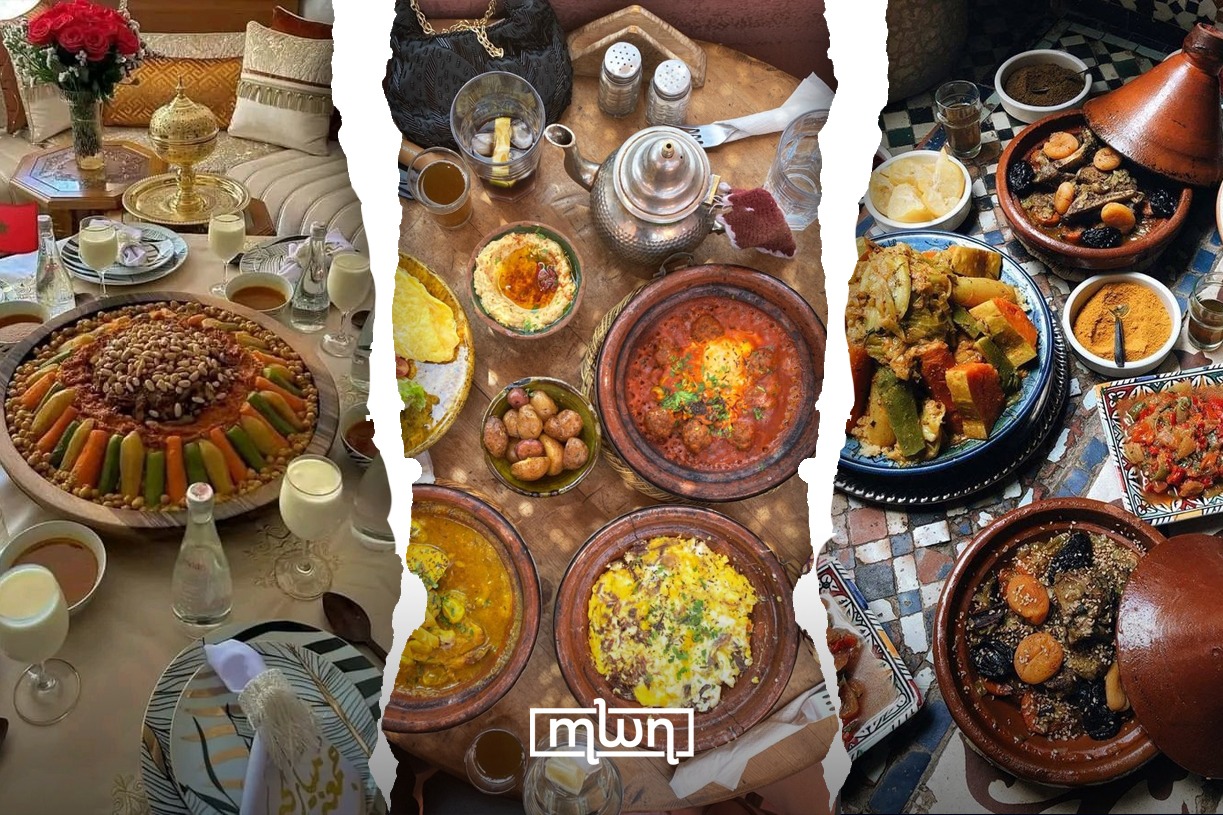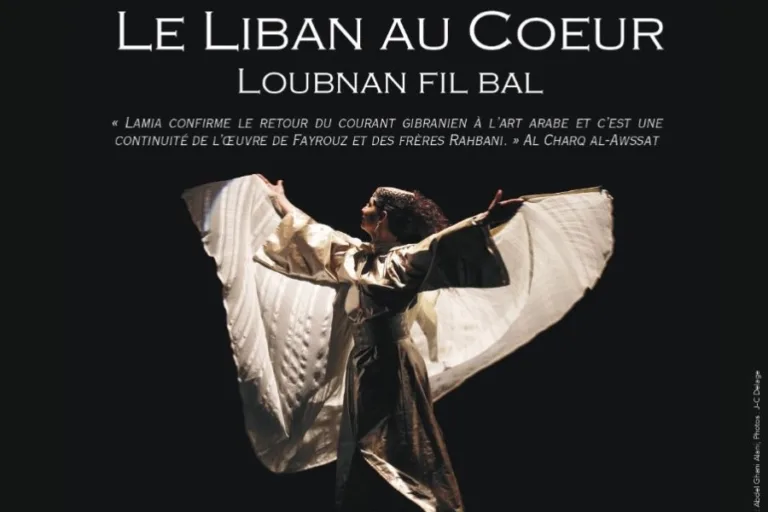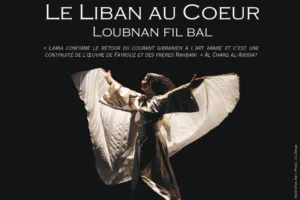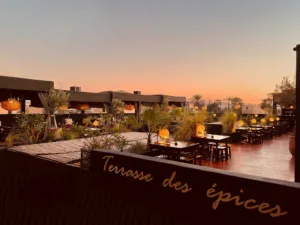They say the best stories are told around the table. But in Morocco, it’s different.
Marrakech – L’mida — the Moroccan dining table — isn’t just a backdrop for stories; it’s the story itself.
It’s a cultural epic, a feast for the senses, and, let’s face it, a bit of a masterclass in social etiquette.
So, grab a seat (but not just any seat — more on that later), because we’re diving into the delicious and intricate world of Moroccan dining.
Let’s talk L’mida
In Moroccan homes, l’mida is more than just a surface for serving food. It’s a sacred space where flavors meet tradition.
A round table, usually low to the ground, surrounded by cushions or low stools.
At its center? A symphony of tagines, salads, warm bread (khobz), and an assortment of small plates that seem to whisper, “You’ll want to save room for dessert, but you won’t.”
Moroccan hospitality
Moroccan hospitality isn’t just about feeding you; it’s about feeding your soul.
The host takes pride in serving — you’ll never pour your own tea if they have anything to do with it.
And don’t even try to refuse the third cup. Saying no to tea is basically saying no to life.
Who sits where?
Here’s the thing: seating isn’t a free-for-all. In more traditional households, age and respect guide the arrangement.
Elders and guests of honor take prime positions — usually closest to the food.
Pro tip: If you’re a guest, don’t sit down until you’re guided to a spot. This isn’t musical chairs, and you don’t want to make a faux pas before the first bite.
Eating with the Hands: A Delicate Dance
Forget forks and knives — your right hand is the star of the show here. But before you start scooping up food, know this: eating with your hands is an art.
Use bread as your utensil and scoop from the side closest to you. Reaching across the table? Major no-no. This isn’t just about manners; it’s about respecting the communal vibe of the meal.
The ritual of tea
Ah, atay — Moroccan mint tea. It’s not just a drink; it’s a ritual, a performance, and sometimes, a negotiation.
The host will pour it from a height that would make any barista jealous, creating a frothy crown.
Sip slowly, savor it, and prepare for at least three rounds. Each cup symbolizes a stage of the meal, and trust me, you don’t want to miss any.
A few unspoken rules
Pace yourself: The courses keep coming, and stopping after one is like leaving a movie before the climax.
Compliment the chef: Whether it’s a parent, grandparent, or a hired cook, your praise will earn you brownie points (or maybe more sellou).
Don’t leave early: The meal isn’t just about food; it’s about connection. Leaving before tea is practically a social crime.
The Moroccan table is more than a place to eat; it’s a cultural cornerstone.
It’s where families connect, guests are cherished, and every dish tells a story of heritage, love, and, yes, a bit of competition over who makes the best harira.
So, the next time you find yourself seated around l’mida, lean in, take your time, and let the flavors and traditions soak in.
After all, in Morocco, food isn’t just sustenance — it’s an experience. And as far as experiences go, this one’s as rich as a steaming bowl of rfissa.
















